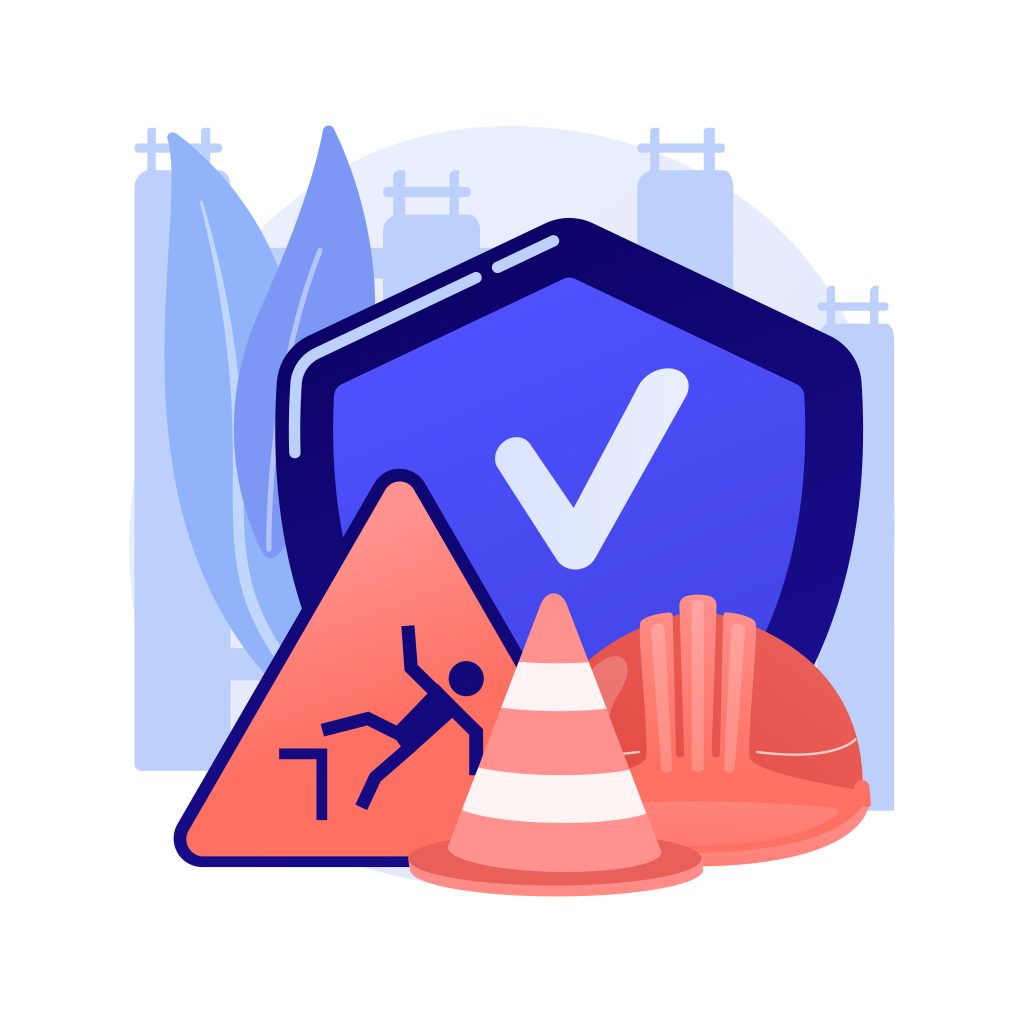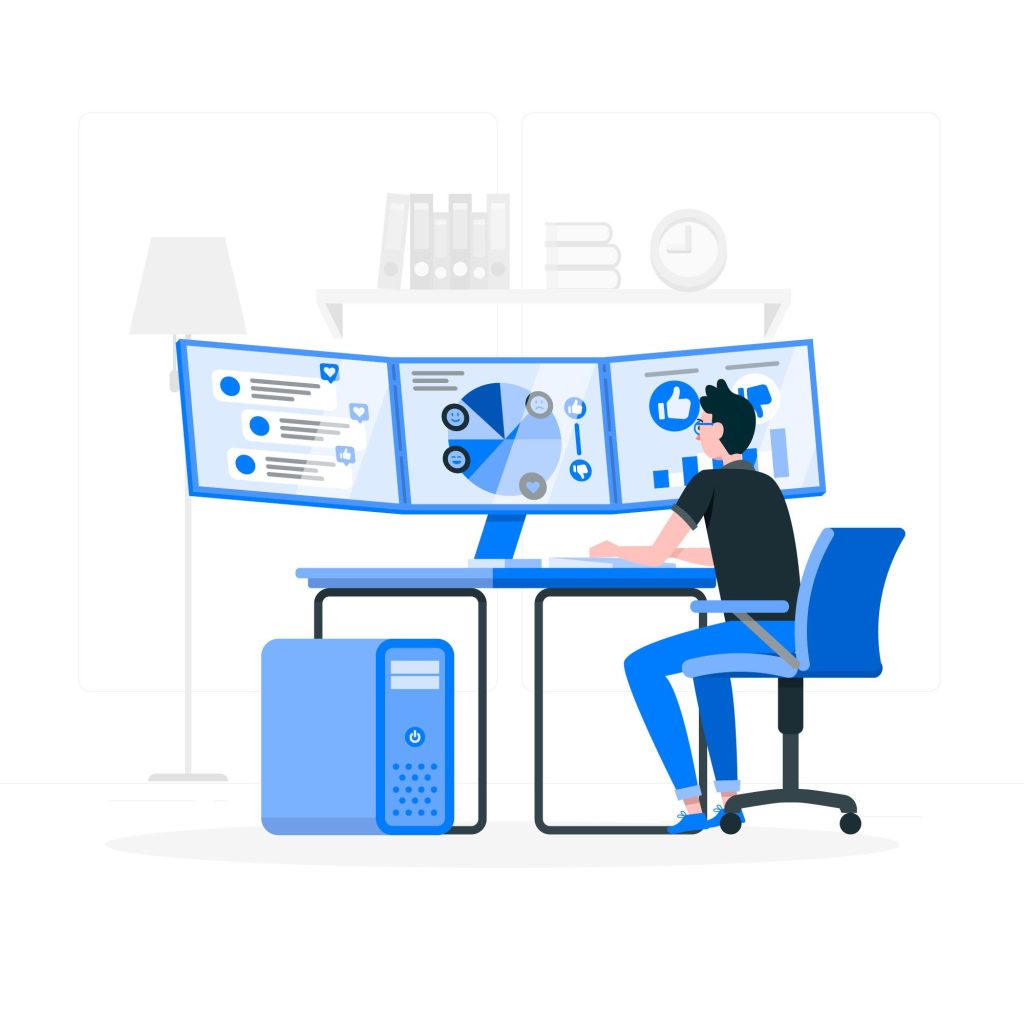In the realm of healthcare, compliance with healthcare standards in managing medical equipment is vital for the long-term sustainability of healthcare centers. Failure to comply can have detrimental effects such as increased costs and heightened health risks.
Consequently, the implementation of effective compliance tracking is a fundamental element of delivering efficient care.
In healthcare settings, where the quality of and maintenance of medical equipment directly impact patient well-being, the significance of robust compliance tracking cannot be overstated. Equipment that is poorly maintained or not in line with industry standards can contribute to the spread of disease. To mitigate these risks and ensure the highest level of care, healthcare systems should employ a system that actively monitors equipment and ensures compliance with established standards.
In this article, we’ll explore how an asset tracking system enables healthcare centers to achieve reliable compliance tracking.
Let’s first explore how absence of a compliance tracking system can be detrimental to maintaining safety standards at your healthcare facility:
- Inability to maintain safe equipment: Healthcare standards are constantly evolving and it is important for your healthcare facility to stay updated and implement the latest standards to ensure compliance. However, many facilities struggle to do so due to a lack of knowledge about changing standards. For example, ventilators that are not regularly checked for errors and malfunctions pose a risk. It is imperative for healthcare facilities to ensure that their equipment and tools are safe to use and free from unexpected errors.
- Non-reliance on safety instructions: Compliance with medical standards is necessary for healthcare facilities, but it is equally important to follow safety instructions when managing assets. Safety instructions are designed to create a safe environment at your healthcare facility. Failure to stay compliant with these instructions can lead to equipment failure or unexpected downtime jeopardizing patient safety and the provision of quality treatment to patients.
- Manual compliance methods: Traditional methods of compliance tracking, such as spreadsheets and paper-based logs, are prone to human error and oversight. Implementing computerized systems for handling medical assets is crucial for accurate compliance monitoring and regular updates to inspection records, keeping medical technicians and staff updated about asset conditions.

How to carry out smooth compliance tracking?
Asset compliance is an essential component of effective healthcare facility management. Regulatory authorities, such as OSHA, FDA and EPA, have established standards and regulations to prioritize doctors and patients. Failure to comply with these authorities can result in significant fines. An automated medical asset management platform can help track compliance by maintaining up-to-date records.
The use of cloud-based systems to manage medical assets is also becoming increasingly popular, especially for compliance tracking. Let’s delve into how you can ensure compliance tracking at your healthcare facility using an asset management platform:
Tracking facility’s assets
Asset tracking software allows you to easily track all your medical assets, including detailed information such as names, identification numbers, owners, costs, procurement dates and more. This comprehensive view of assets helps streamline compliance assessment. For example, if a generator is used beyond its useful life, resulting in an aged motor that may lead to unexpected breakdowns, the system can flag it for disposal before overuse. Also, the healthcare industry has stricter regulations because of the considerable amount of funding and intricacies involved in patient care. Without a dedicated asset tracking system, the likelihood of theft and misplacement is much higher.
Doctors and medical technicians check out hundreds of items for their daily operations. In order to ensure transparency and track ownership, it is important to account for all item movements. An asset management system logs usernames for every asset-impacting action that is performed. Real-time utilization updates enable medical administration to verify ownership and ensure regulatory compliance.
Periodic compliance audits
Regular compliance audits are an effective way to ensure legal obligations are met and established best practices are implemented. This includes tracking the condition of your medical assets at all times and identifying any factors that may hinder asset management. Regular audits also help improve procurement, record-keeping and disposal processes.
Analyzing audit results with an asset management platform simplifies the recognition of any critical assets that are not functioning to their full capacity, while also identifying the reason for their malfunction so that they can be replaced or serviced immediately. It also helps a facility to avoid common logistical errors from manual recordkeeping. In this way investing in a state-of-the-art asset management system helps cost optimization, proper asset utilization, and prevention of accidents in the workplace.
Medical safety training
While medical assets need special care and need to be managed well, it is also important to provide the staff responsible for managing assets with adequate safety training. Medical safety training enables workers to stay informed about the asset management processes while complying with all required standards. This ensures that they are equipped with the necessary skills to handle assets effectively.
With proper training, your medical staff can conduct regular inspections of your equipment and prevent malfunctions that can put patients’ health at risk. Since your healthcare facility is likely to employ several care providers, it is important to note who have safety certifications, so you can assign specific roles to these staff members, entrusting them with equipment that requires appropriate experience. As a risk management protocol, using an onboarding compliance checklist while entering information into the system helps ensure that your staff is provided with complete training, including proper equipment handling.

Enhanced data security
Healthcare data breaches pose a significant threat to patient privacy. According to HIPPA Journal, between 2009 and 2022, 5150 data breaches were reported to the U.S. Department of Health and Human Services’ Office for Civil Rights (OCR)- the main form of incidents being ransomware attacks and hacking attempts. With the increased use of digital platforms for managing assets, staying compliant with standards like GDPR, HIPPA and other industry-specific regulations is mission critical.
An asset management platform is geared toward preventing breaches and maximizing the security of your software and hardware assets. It helps you stay compliant with these laws and regulations with robust, standard security features. You can leverage such a system to secure confidential information by allowing only authorized users to access the system.. Password protection and authorized log-ins add another layer of security. With the system’s tracking capabilities, it is easy to identify who has accessed particular data, providing a clear trail, which helps maximize security and compliance with healthcare data safety regulations.
Tracking performance metrics for compliance and reporting
Tracking compliance metrics is one the most useful ways of ensuring regulatory compliance in asset management. Performance metrics and KPIs can be established to monitor critical areas such as staff training, and adherence to regulatory guidelines. Leveraging asset management software can help you simplify the analysis of compliance tracking metrics over time, resulting in more timely identification of compliance gaps, so that remedial steps can be taken as soon as possible.
These performance metrics and KPIs also allow healthcare facilities to perform trend analysis and generate comprehensive asset reports to recognize whether an asset is underperforming, according to safety best practices and regulations. Leveraging these reports and performance metrics, you can track compliance performance against your targets, to stay up to date.
How does compliance tracking improve your facility’s efficiency?
Asset management of medical assets is crucial to improve your facility’s overall productivity and maintain healthcare standards. By having real-time visibility of your assets, you can prevent risks and quickly identify any problems in the process for streamlined operations. Compliance tracking is important for your facility with regard to medical asset management since it prioritizes patient safety and data privacy.
Compliance tracking facilitates effective decision-making and plays a vital role in keeping costs in check, as well as improving resource allocation throughout the asset’s lifecycle. You can avoid risks, improve cost-effectiveness and deliver high-quality care by improving and automating your asset management processes.
Read more: 5 Benefits of Medical Equipment Management Software for Healthcare Institutions

About EZOfficeInventory
EZOfficeInventory is a leading asset tracking software. It allows you to track, maintain, and report on inventory from anywhere, at any time.







